American Beech Tree
- June 9, 2023
- 0 comment
The American Beech tree (Fagus grandifolia) is a remarkable native tree species found in the eastern United States. Its majestic stature, smooth gray bark, and lush foliage make it a popular choice in both urban and forested landscapes. In this article, we will explore the various aspects of the American Beech tree, from its common name and botanical details to its habitat requirements and care guidelines. So, let’s delve into the world of this magnificent tree and discover its captivating features.
Common Name
The American Beech tree is commonly known as the American beech or simply the beech tree. Its name is derived from the Old English word “bēce,” which means beech.
Botanical Name
The botanical name for the American Beech tree is Fagus grandifolia. The genus name “Fagus” is derived from the Latin word for “beech tree,” while “grandifolia” refers to the tree’s large leaves.
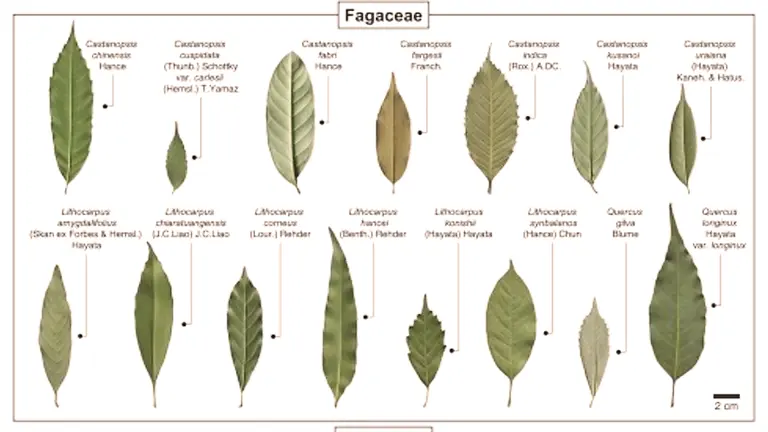
Family
The American Beech tree belongs to the Fagaceae family, which includes other notable tree species like oaks and chestnuts.
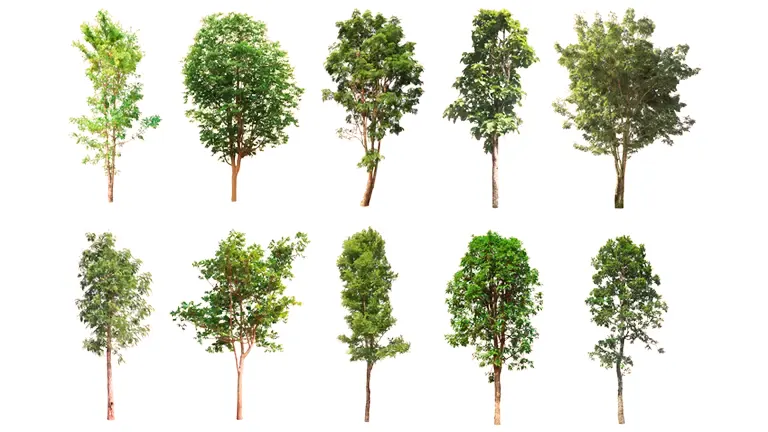
Plant Type
The American Beech tree is a deciduous tree, meaning it sheds its leaves annually. It is classified as a broadleaf tree, characterized by its flat, wide leaves.
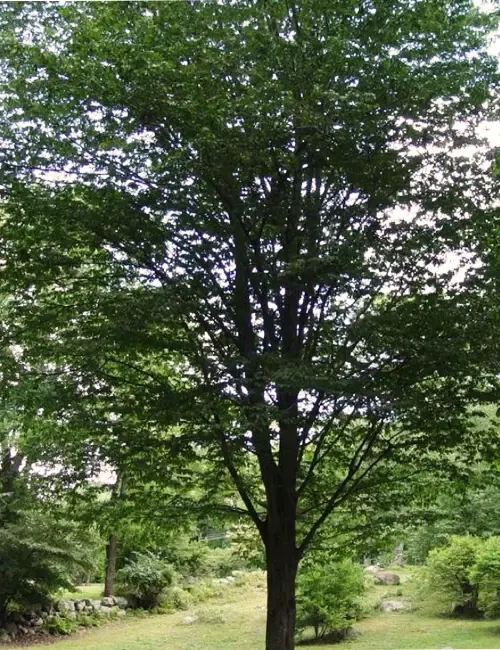
Mature Size
American Beech trees are known for their impressive size and longevity. On average, they reach a height of 50 to 70 feet and have a spread of 40 to 60 feet. In exceptional cases, some trees can grow up to 100 feet tall.
Soil Type
American Beech trees thrive in well-drained, loamy soils. They prefer soils that are slightly acidic to neutral in pH. However, they can adapt to a range of soil conditions, including clay and sandy soils.

Hardiness Zones
The American Beech tree is well-suited to USDA hardiness zones 3 to 9. This wide range allows it to grow in various regions across the eastern and central parts of the United States.
Growth Rate
The growth rate of American Beech trees is considered slow to moderate. They typically gain 1 to 2 feet in height per year. Although slow-growing, these trees reward patience with their grandeur and longevity.
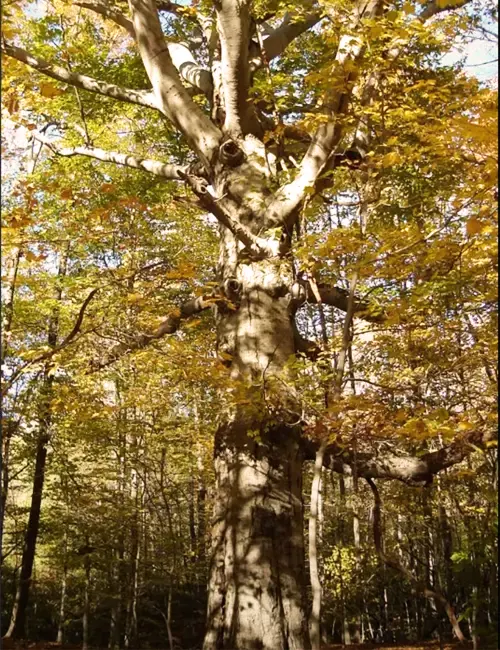
Sun Preference
American Beech trees prefer partial shade to full sun. They can tolerate shade, especially when young, but they thrive best when exposed to ample sunlight.
Soil Preference
As mentioned earlier, American Beech trees prefer well-drained, loamy soils. They are adaptable and can grow in different soil types, including clay and sandy soils. However, they perform best in moist, rich soils.
Attributes
The American Beech tree is admired for its numerous attractive attributes. Its most notable feature is its smooth, silver-gray bark, which remains intact even as the tree ages. The bark develops vertical lines and adds visual interest to the tree’s appearance.
The leaves of the American Beech are ovate and glossy, with fine serrations along the edges. They turn golden bronze in the fall, creating a stunning display of autumn colors. The leaves persist on the tree well into winter, adding a touch of beauty to the barren landscape.
Wildlife Value
The American Beech tree provides valuable habitat and food for various wildlife species. Its seeds, known as beechnuts, are a crucial food source for birds, squirrels, and small mammals. The dense foliage offers shelter for birds and other small animals.
Native Area
The American Beech tree is native to the eastern United States. It is particularly abundant in the Appalachian Mountains and the northeastern region of the country.
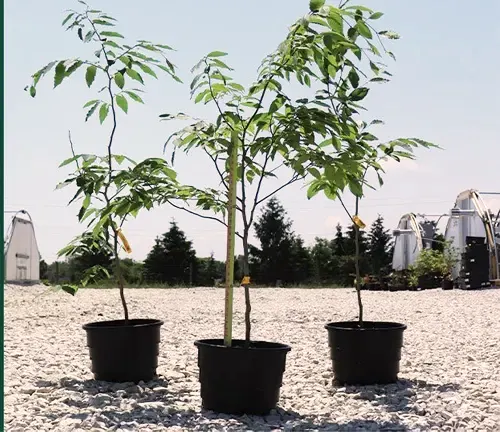
Care
Caring for an American Beech tree involves a few essential considerations. Proper watering is crucial, especially during the first few years after planting. The tree should be watered deeply, allowing the soil to dry slightly between waterings.
Mulching around the base of the tree helps conserve moisture and suppresses weed growth. However, care should be taken to avoid piling mulch against the tree’s trunk, as this can cause rot.
Regular pruning is not necessary for American Beech trees. However, dead or damaged branches should be removed to maintain the tree’s health and aesthetics. Pruning is best done during the dormant season.
Benefits
American Beech trees offer numerous benefits to the environment and society. They provide shade, reduce soil erosion, and improve air quality. Their broad leaves capture pollutants and release oxygen, contributing to a healthier ecosystem.
In landscaping, American Beech trees are valued for their ornamental appeal. They create a sense of grandeur and can be the centerpiece of any garden or park.
Invasive Potential
The American Beech tree is not considered an invasive species. However, it can produce prolific root sprouts, which may cause issues in certain situations, such as when they emerge on lawns or close to buildings.
Lifespan
American Beech trees have an impressive lifespan, often exceeding 200 years. Some individuals have been known to survive for over 300 years. Their longevity makes them a symbol of strength and endurance.
Disadvantages
While American Beech trees have numerous advantages, they also have a few disadvantages. One drawback is their susceptibility to certain diseases, such as beech bark disease and beech leaf disease. These diseases can affect the overall health and appearance of the tree.
Another potential disadvantage is the production of beechnuts, which can create litter on lawns and driveways. Additionally, the large size of mature trees may not be suitable for small urban gardens or confined spaces.
Edible or Not
The seeds of the American Beech tree, known as beechnuts, are edible. They have a rich, nutty flavor and can be eaten raw or roasted. However, collecting enough beechnuts for consumption can be challenging, as they are often dispersed by wildlife.
Habitat Requirements
American Beech trees thrive in moist woodlands and forested areas. They are shade-tolerant and often grow as an understory tree, benefiting from the protection of taller trees. The presence of well-drained soils and sufficient moisture is essential for their optimal growth.
Name Origin
The name “beech” originated from the Old English word “bēce.” This term has its roots in Germanic and Indo-European languages, signifying the long-standing recognition of this tree species.
Fun Facts
- American Beech trees have been nicknamed the “queen of the forest” due to their majestic appearance and dominance in certain woodland ecosystems.
- The smooth bark of the American Beech tree has historically been used as a canvas for carving initials and messages, leaving a lasting imprint.
- Beechnuts were an important food source for Native American tribes and early European settlers.
Characteristics
The American Beech tree is characterized by its smooth, silver-gray bark and ovate, glossy leaves. Its dense canopy provides ample shade, and the tree retains its leaves throughout the winter, creating a unique sight in the snowy landscape.
Pruning
Pruning of American Beech trees is generally minimal. Dead or damaged branches can be pruned at any time of the year. However, major pruning should be done during the dormant season to avoid excessive sap flow.
Propagating
American Beech trees can be propagated through seeds or by root cuttings. Collecting fresh beechnuts in the fall and planting them in a suitable growing medium can lead to successful germination. Root cuttings can be taken during the dormant season and should include both the root and a portion of the stem.
Common Pests & Diseases
American Beech trees are susceptible to several pests and diseases, including:
- Beech Bark Disease: This disease is caused by a combination of a scale insect and a fungal pathogen. It weakens the tree’s defenses and can lead to branch dieback or death.
- Beech Leaf Disease: A newly discovered disease that causes dark stripes or patches on the leaves, leading to premature leaf drop.
- Beech Scale: These small insects feed on the tree’s sap, weakening it and making it more vulnerable to other pests and diseases.
Frequently Asked Questions
- Q: Are American Beech trees suitable for urban environments?
A: While American Beech trees can adapt to urban environments, their large size and extensive root system may pose challenges in restricted spaces. It is best to consider their mature size and growth habits before planting them in urban settings. - Q: Can I plant an American Beech tree in a container?
A: It is not recommended to plant an American Beech tree in a container. These trees have extensive root systems that require ample space to grow and develop properly. - Q: How long does it take for an American Beech tree to produce beechnuts?A: American Beech trees typically start producing beechnuts when they reach 30 to 40 years of age. However, the production may vary from year to year.
- Q: Can I grow an American Beech tree from a sapling?
A: Yes, American Beech trees can be grown from saplings. Saplings can be purchased from nurseries or obtained through tree-planting programs. - Q: Are American Beech trees affected by climate change?
A: American Beech trees may be impacted by climate change, as they have specific soil and moisture requirements. Changes in temperature and precipitation patterns can affect their growth and survival.
Conclusion
The American Beech tree is a captivating and majestic species that brings beauty and grandeur to the forests and landscapes of the eastern United States. Its smooth bark, glossy leaves, and long lifespan make it a cherished presence in natural ecosystems and urban environments alike. By understanding its unique characteristics, habitat requirements, and care guidelines, we can appreciate and protect this remarkable tree for generations to come.



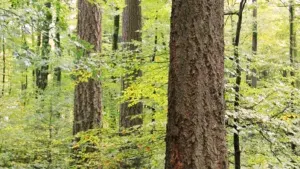
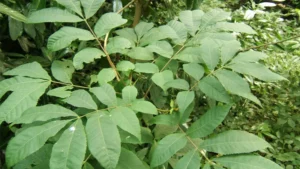

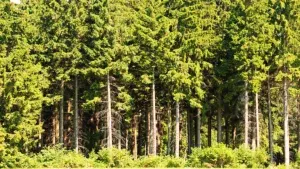
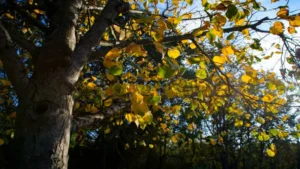


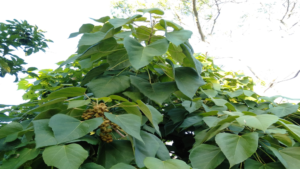

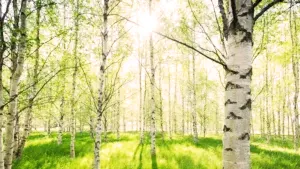
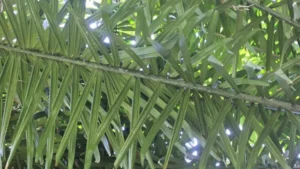
Leave your comment